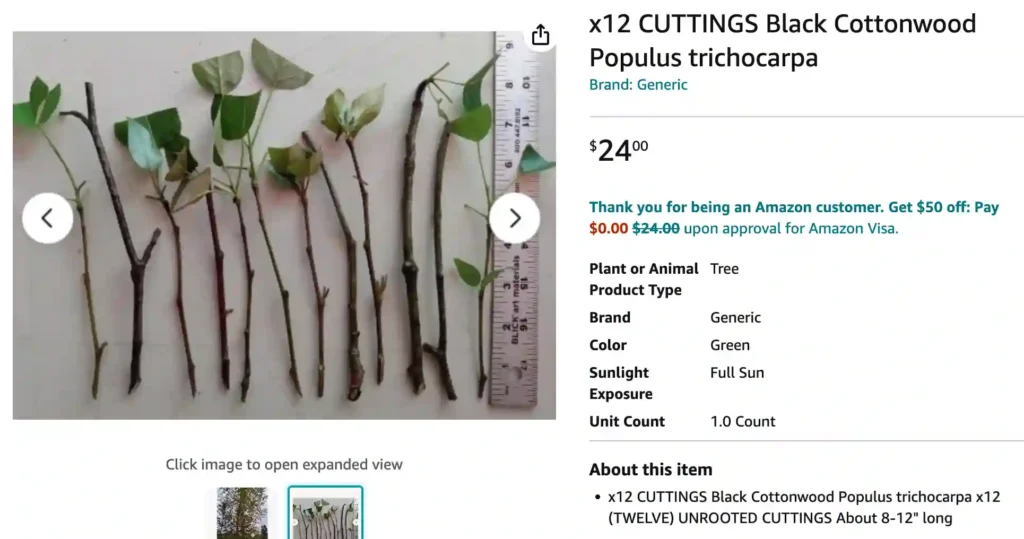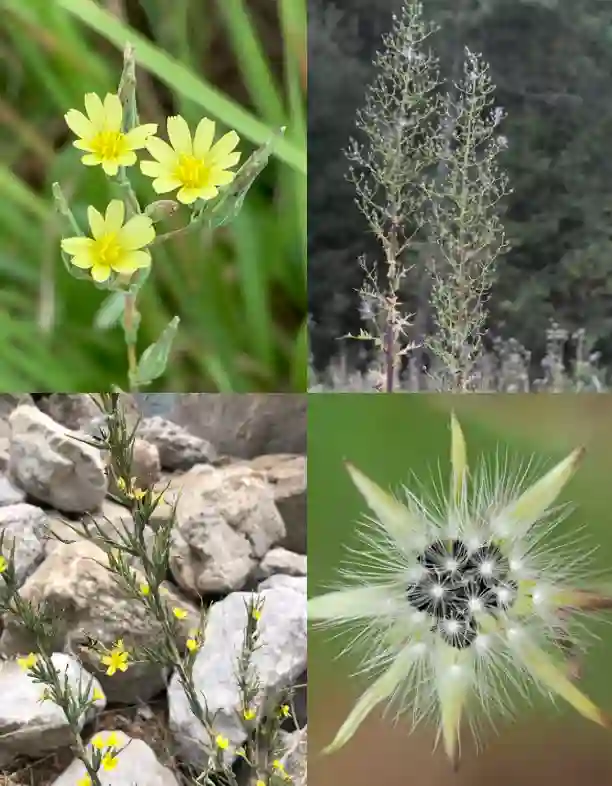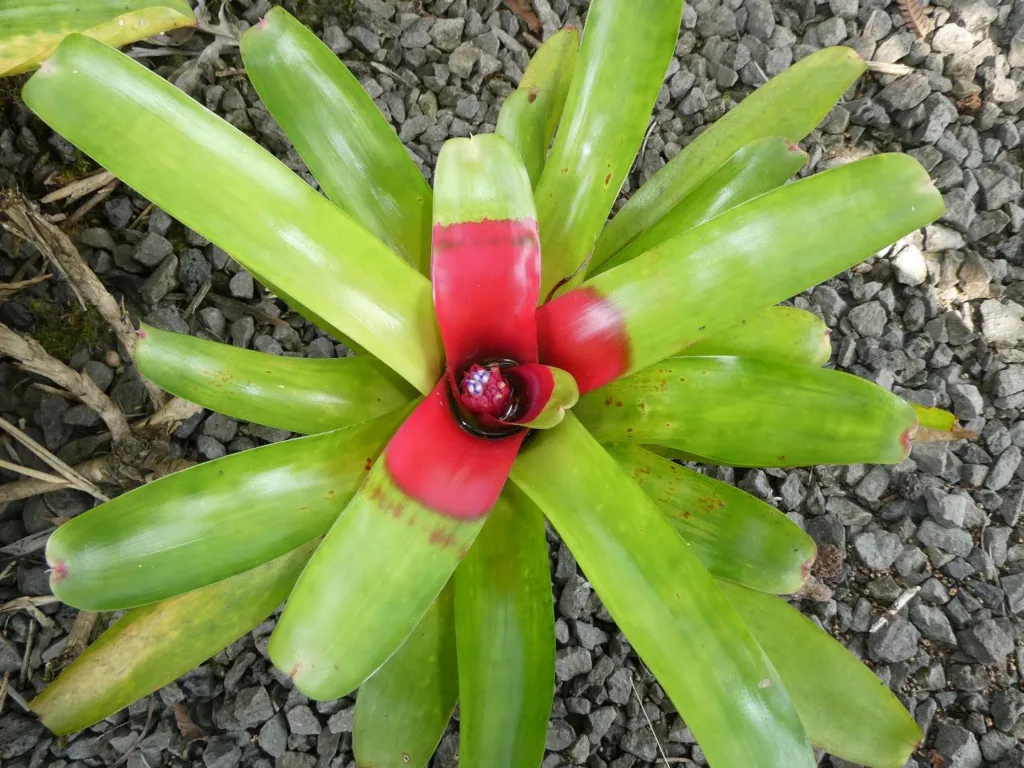
Black Cottonwood: A Towering Titan of the West
Hi, Ferb Vu here! Today, we’re diving deep into the world of a fascinating tree species: Populus trichocarpa, also known as the Black Cottonwood. This North American giant boasts impressive size, ecological importance, and even historical significance. Whether you’re a seasoned plant enthusiast or simply curious about nature’s wonders, this FAQ is for you.
83 Species in Genus Populus
What is Populus trichocarpa?
The Black Cottonwood is a deciduous broadleaf tree native to western North America. Towering over the landscape, it can reach heights of 30 to 50 meters (98 to 164 feet) with a trunk diameter exceeding 2 meters (6.5 feet). Imagine a skyscraper clothed in vibrant green leaves in spring and summer, then shedding a golden cloak in autumn. That’s the Black Cottonwood!
Did you know? The Black Cottonwood is a champion among poplars. It ranks third in poplar species within the American Forests Champion Tree Registry.
Populus trichocarpa vs balsamifera
I’ve grown Populus trichocarpa in my yard and was impressed by its rapid growth and large, heart-shaped leaves, which created a nice, dense shade. On the other hand, I’ve had Populus balsamifera in a different part of my garden, and I’ve enjoyed its distinctive balsam-scented buds and the way its branches have a more flexible, graceful appearance.
How to Care for Black Cottonwood?
Black Cottonwoods are relatively low-maintenance giants. Here’s what you need to know:
- Light: Full sun is ideal for optimal growth.
- Water: These trees thrive in moist environments. Regular watering, especially during the first few years after planting, is crucial.
- Soil: Well-drained, fertile soil is preferred. They can tolerate slightly acidic or alkaline conditions.
- Pruning: While not strictly necessary, pruning can help maintain the desired shape and remove dead or diseased branches. Prune during dormancy (late fall to early winter) for best results.
Pro tip: Black Cottonwoods have a fast growth rate, so be sure to plant them with ample space in mind. They’re not suited for confined areas or close proximity to buildings.
How to Propagate Black Cottonwood?
There are two main methods for propagating Black Cottonwood:
- Seed: Seeds are tiny and require specific conditions for germination. This method is generally recommended for experienced propagators.
- Cuttings: This is the more common and successful approach. Take hardwood cuttings in late winter and plant them in a well-draining medium. With proper care, roots will develop within a few weeks.
Remember: Seeds and cuttings obtained from wild trees may not exhibit the same desirable characteristics as cultivated varieties.
What to Plant with Black Cottonwood?
Black Cottonwoods are ecological powerhouses, providing habitat for diverse wildlife. Here are some compatible planting companions:
- Native shrubs: Serviceberry (Amelanchier spp.), Elderberry (Sambucus spp.)
- Wildflowers: Yarrow (Achillea millefolium), Columbine (Aquilegia spp.)
- Grasses: Switchgrass (Panicum virgatum), Blue grama (Bouteloua gracilis)
For best results: Consider the mature size of the Black Cottonwood when choosing companion plants. Opt for species that thrive in similar light and moisture conditions.
Additional Considerations: Black Cottonwood’s fast growth can be beneficial for creating windbreaks or privacy screens. However, their extensive root systems can damage sidewalks and foundations if planted too close to structures.
Black Cottonwood: Beyond Beauty
The Black Cottonwood’s significance extends far beyond its majestic presence. Here are some additional points to ponder:
- Habitat: These trees provide vital nesting and foraging grounds for birds, bats, and other animals. Their leaves decompose and enrich the soil, promoting a healthy ecosystem.
- Cultural Significance: Many indigenous North American tribes have a deep connection to the Black Cottonwood. Its bark was used for medicinal purposes, while its wood was employed in crafting tools and canoes.
- Modern Uses: The fast-growing nature of Black Cottonwood makes it a valuable timber source for pulpwood, plywood, and lumber. It’s also being explored for biofuel production.
I hope this FAQ has shed light on the fascinating world of Populus trichocarpa. Remember, responsible planting and care are essential for ensuring these magnificent trees continue to grace our landscapes for generations to come.
If i die, water my plants!



